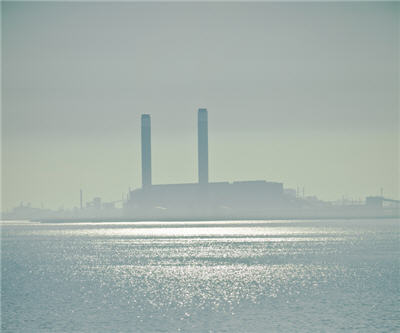IEA bets the planet on clean coal

The International Energy agency says in its World Energy Outlook 2011 released last week, widespread deployment of more efficient coal-fired power plants and carbon capture and storage (CCS) technology could boost the long-term prospects for coal, but there are still considerable hurdles.
The agency says more efficient technology for new coal power plants would require relatively small additional investments, but improving efficiency levels at existing plants would come at a much higher cost. The IEA says If CCS is not widely deployed in the 2020s, an “extraordinary burden” would rest on other low-carbon technologies to deliver lower emissions in line with global climate objectives. Today only two small pilot projects in Germany and the US exist and a $4.8 billion project in the UK, which would be the world’s largest appears to be going nowhere.
The slow pace of CSS has not stopped emerging economies from bringing on stream new coal projects however – coal accounted for nearly half of the increase in global energy use over the past decade according to the IEA report. The agency says if current global energy policies stay in place coal use is predicted to rise by a further 65% by 2035, overtaking oil as the largest fuel in the global energy mix. This is despited a predicted five-fold rise in subsidies to the renewable sector to $180 billion per year.
MINING.com reported last week Scottish ministers are expected to order a public inquiry into plans to build the UK’s only new coal-fired power station with CCS technology after it suffered another serious setback. The latest delay follows unprecedented public opposition to the $4.8 billion project and will also damage proponents of CCS – where CO2 emissions are sequestered underground – and the so-called ‘clean coal’ lobby.
In September the Longannet carbon capture and storage project, the last one standing in the UK government’s long-running £1 billion ($1.6 billion) CCS demonstration programme also fell through. Read more on the problems facing the UK projects.
The IEA says If CCS is not widely deployed in the 2020s, an extraordinary burden would rest on other low-carbon technologies to deliver lower emissions in line with global climate objectives, but so far these green technologies have not been able to be deployed on a large scale. A new European study says supply shortfalls of rare-earth elements over the next two decades put at risk the EU’s ambitious plans to expand the production of solar, wind and green transport technologies and implement carbon-capture systems.
According to the EU’s Joint Research Centre, solar will require half the current world supply of tellurium and 25% of the supply of indium, while Europe’s wind energy programme which is supposed to power all of the continents 240 million households within 20 years need a steady supply of neodymium and dysprosium. China controls 95% of the globe’s rare earth output in 2010 produced more solar panels than the rest of the world combined. Read more on rare earths’ role in green technology.
More News
{{ commodity.name }}
{{ post.title }}
{{ post.date }}

Comments